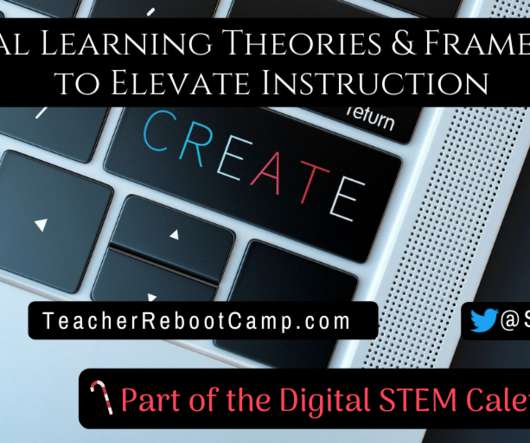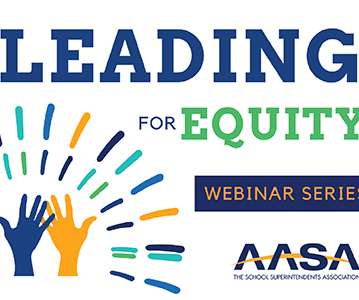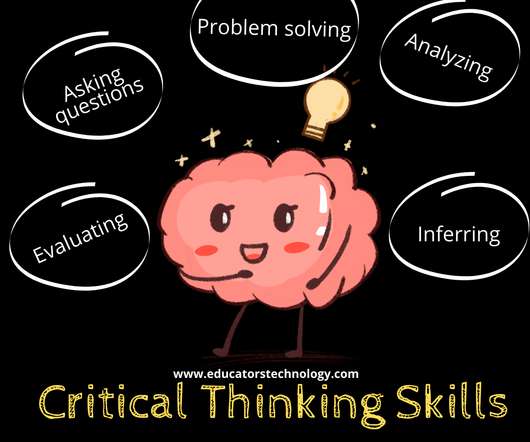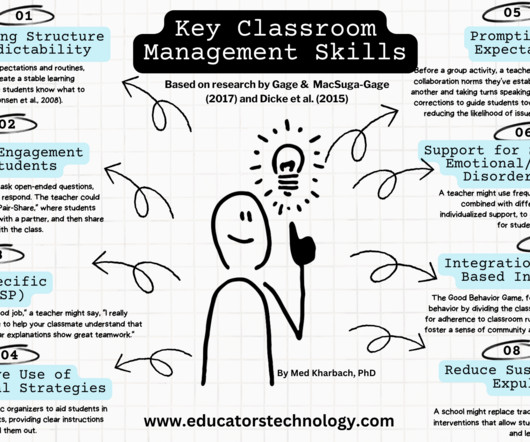Digital Learning Theories and Frameworks to Elevate Instruction
Teacher Reboot Camp
DECEMBER 5, 2020
I often reference the ideas and research by McIsaac and Gunawardena in the Handbook of Research for Educational Communications and Technology. Handbook of Research for Educational Communications and Technology. Further Reading and Exploration. Picciano McIsaac, M. S., & Gunawardena, C. Distance Education. Jonassen (Ed.),
















Let's personalize your content